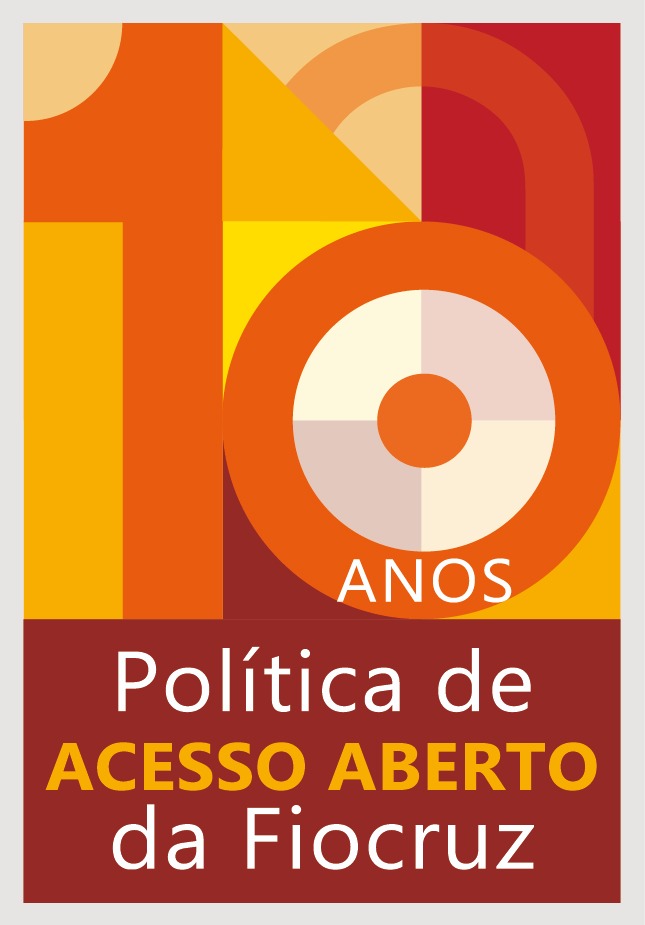Published in the journal The Lancet Regional Health – Americas, the article addresses the construction of housing, water and sanitation patterns, in addition to the socioeconomic status of the Guarani population. This is the first research into a cohort of indigenous births carried out in Brazil. Coordinated by the researcher from the Department of Endemic Diseases at the National School of Public Health Sergio Arouca (Ensp/Fiocruz), Andrey Moreira Cardoso, the study was developed in partnership with other researchers from Fiocruz and other national and international institutions. The results of the article point out that more than 60% of the children observed are in socioeconomic patterns below the poverty line.
According to Andrey, despite the importance of social determinants of health, studies on the effects of socioeconomic, sanitary and housing conditions on indigenous child health are scarce worldwide. “Therefore, the aim of this study was to identify housing, water and sanitation patterns, in addition to socioeconomic status, from the baseline of the first indigenous birth cohort in Brazil – the Guarani Birth Cohort. Data were collected through the implementation of a local surveillance system in 63 villages of the ethnic group, in five states in the South and Southeast of Brazil, between 2014 and 2017”, explained the researcher.
Cohort studies are based on the assumption that a population will be monitored over a certain period of time to analyze the incidence of injuries and diseases in order to seek a possible causal association between different health risk exposure conditions and the outcomes of interest in the studied population.
The baseline cross-sectional study of the Guarani indigenous birth cohort used multivariate statistical methods to reduce a large number of socioeconomic variables common in epidemiological studies, as well as to identify distinct patterns of access to public housing and sanitation policies and socioeconomic status, with a view to exploring the association between these patterns and health outcomes.
Results
The results of the study identified: three patterns for housing and for water and sanitation; four patterns for socioeconomic status, resulting in 36 pattern combinations. “More than 62% of the children in the research were in socioeconomic patterns below the poverty line. Statistically significant associations were found between precarious households and extreme poverty and hospitalization in the first year of life”, warned Cardoso.
In his speech, the researcher emphasized that the study found the heterogeneous distribution of children in the 36 combinations of identified patterns. “These findings highlight that, if the dimensions of housing, water and sanitation and socioeconomic status are confirmed as independent determinants of health outcomes in Guarani children – as observed in the issue of hospitalization –, they should be considered separately in multiple models, seeking to improve estimation of their independent effects on child health. Moreover, the method used in this study could guide research into these determinants in studies with other indigenous populations”, analyzed Andrey.
The article is available in open access The article How, what, and why: housing, water & sanitation and wealth patterns in a cross-sectional study of the Guarani Birth Cohort, the first Indigenous birth cohort in Brazil, published in volume 21, May 2023, of The Lancet Regional Health – Americas, is available in open access and presents a debate on the limitations of socioeconomic indicators traditionally used to capture socioeconomic diversity in indigenous and rural communities. The study was authored by Ensp/Fiocruz postdoctoral fellow, Aline Diniz Rodrigues Caldas – supervised by Andrey Moreira Cardoso in the Graduate Program in Epidemiology in Public Health – with the participation of researchers from the Fiocruz's Scientific Computing Program (Procc), from the Fluminense Federal University (UFF), from the State University of Rio de Janeiro (Uerj); and from the London School of Hygiene and Tropical Medicine.
![]()
![]()
![]() O conteúdo deste portal pode ser utilizado para todos os fins não comerciais, respeitados e reservados os direitos morais dos autores.
O conteúdo deste portal pode ser utilizado para todos os fins não comerciais, respeitados e reservados os direitos morais dos autores.

